Copyright © All rights reserved.



William Harrison
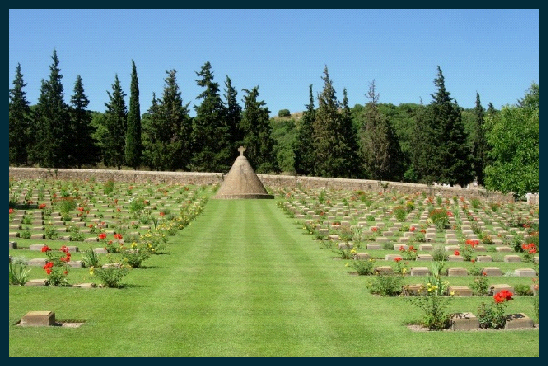
The British infantry began its attack on the night of 24–25 April -
The British attacks in the next two days were defeated by constant Bulgarian fire and counter-
Due to criticism by their high command, the British made new attempts at a breakthrough. On 8 May, after a long artillery barrage, they began another attack. The main assault started at 9 pm with five waves of British troops attacking the Bulgarian positions. After four attacks during the night of 8–9 May the British were defeated and suffered enormous casualties. They lost 12,000 killed, wounded and captured of which more than 2,250 were buried by the Bulgarian defenders.
James William Harrison was the eldest son of Thomas William and Lydia (nee Bunn) Harrison who married in New Malton on 27th March 1887 He was born in the second quarter of 1888 in the Malton area. The 1891 census shows Thomas and Lydia living with their eldest two children in the mrket Place, presumably in the same house that they lived in later.
1891 Census – resident at Market Place, Malton
Thomas W. Harrison, Head, Married, Male, 28, Painter & Paperhanger, York, Yorkshire, England
Lydia Harrison, Wife, Married, Female, 28, -
James W. Harrison, Son, -
Edgar T. Harrison, Son, -
The 1901 census shows them living at 59 Market Place, (where Linton Pet shop is now) and according to the local community website, in addition to the painting business which Thomas ran, kept a Temperance hotel from 1893 to 1901. They had ten children two of whom died young.
1901 Census – resident at 59 Market Place, Malton
HARRISON, Thomas William, Head, Married, M, 38, Painter, York Yorkshire,
HARRISON, Lydia, Wife, Married, F, 39, , Bulmer Essex,
HARRISON, James William, Son, Single, M, 12, , Malton Yorkshire,
HARRISON, Edgar Thomas, Son, Single, M, 11, , Malton Yorkshire,
HARRISON, Robert, Son, Single, M, 9, , Malton Yorkshire,
HARRISON, George Wilson, Son, Single, M, 4, , Malton Yorkshire,
HARRISON, Rose Annie, Daughter, Single, F, 6, , Malton Yorkshire,
HARRISON, Evelyn Helen, Daughter, Single, F, 2, , Malton Yorkshire,
SIMPSON, Arthur, Boarder, Married, M, 32, Lang Agents Clerk, Halifax Yorkshire,
SIMPSON, Mary, Boarder, Married, F, 28, , Halifax Yorkshire,
SIMPSON, Phyllis, Boarder, Single, F, 1, , Leeds Yorkshire,
HARGRAVES, Frederick, Boarder, Single, M, 24, Shoemaker, Putsey Yorkshire,
REACHER, Mary, Boarder, Widow, F, 28, Sick Nurse, Leeds Yorkshire,
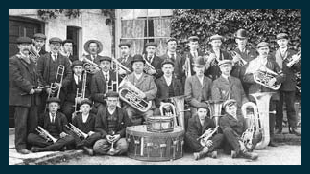
The family were active members of St Michael’s church – James and his brothers are recorded on the War Memorial as choristers. All three brothers were also members of Malton White Star Band –possibly among those in this photo taken about 1907 .
James William Harrison married Mabel Smith in the second quarter of 1912.in the Malton area and according to the Malton Messenger they had three children and lived in Scarborough Road, Norton. He was a grocer and served his apprenticeship with Arthur Edwin Wilson at 13 Market Place.
After the outbreak of war, James was called up in May 1916 under Lord Derby’s Scheme and joined the 1st Battalion of the King’s Own Yorkshire Light Infantry.
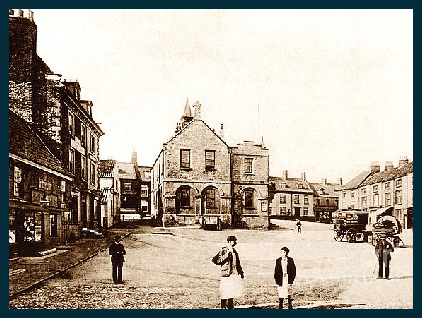
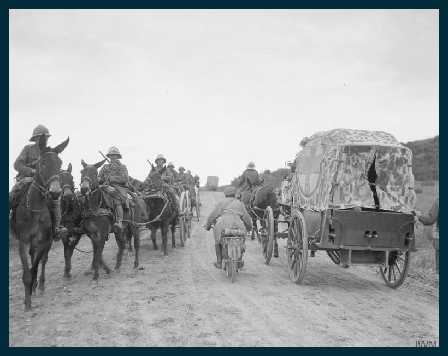
At this time the 1st Battalion was stationed at Salonika and engaged in digging the Salonika Defence Line and building roads along with a small amount of training. On June 4th they set off up country building roads as they went and by July 15th they reached and took over the Defence Line in the Struma Valley. During the first four months of 1916 the British Salonika Force had enough spadework to last it for the rest of its life. Large amounts of barbed wire were used and a bastion about eight miles north of the city was created connecting with the Vardar marshes to the west, and the lake defences of Langaza and Beshik to the east, and so to the Gulf of Orfano and the Aegean Sea. This area was known as the 'Birdcage' on account of the quantity of wire used. The Bulgarians and Austrians also fortified the heights of the hills surrounding Salonika during the same time which had dire consequences later on. The original two Brigades eventually were reinforced by larger units until 22nd, 26th, 27th and 28th Divisions were there. If the Bulgarians had descended from their Doiran and Struma heights it would have been very difficult to ' push us into the sea', for the force was deployed to fortify an advanced defensive line.
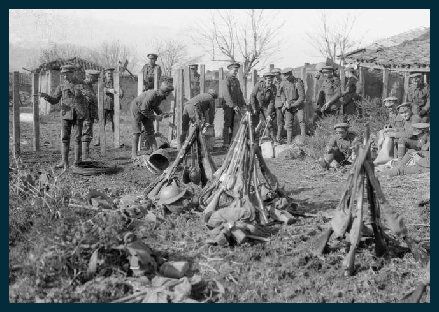
By this time the international force had been reinforced and joined by Serbian, Russian and Italian units. The Bulgarian attempt at invasion of Greece in July was repulsed near Lake Doiran. At the beginning of Oct 1916, the British in co-
On April 30th they moved into trenches in the Doiran Sector during the Battle of Doiran. This battle for a breakthrough in the Bulgarian positions began on 22 April and continued intermittently until 9 May. The assault began with a bitter four-
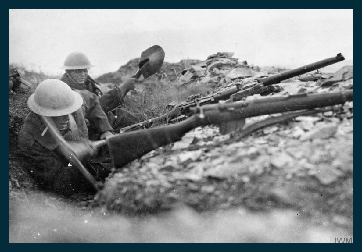
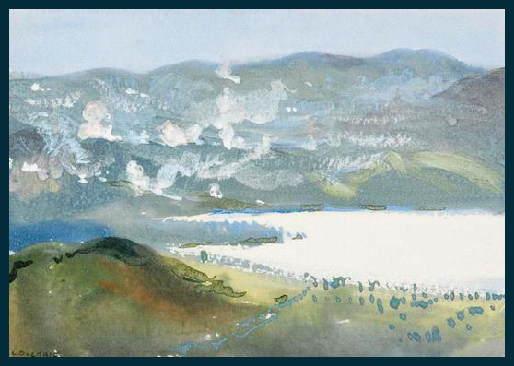
It was a few days after this, on 17th May 1917, that James was killed. He is buried in Doiran Military Cemetery in Northern Greece. His wife Mabel received the news of his death at the beginning of June and it was reported in the Malton Messenger together with the information that he had three brothers on active service, two in France and one in India.